Different Types Of Banners To Draw
Abstract art can seem eccentric, but it's way more useful than you think. Here are ten types of abstract art you should know and use in your designs.
Read on to learn more about different types of abstract art — from cubism to surrealism, marbling to abstract organic — and which styles are being reinterpreted for contemporary design, as well as how you can use abstract images in your own designs.
What Is Abstract Art?
While realist art tries to put forward a depiction of actual reality, abstract art strives for the exact opposite. Early abstract artists working during the late 19th and early 20th centuries used color, form, shape, and line to create paintings, sculptures, and drawings that purposefully felt independent from identifiable objects, landscapes, and people. Abstraction gave artists a new level of freedom to experiment with artistic methods and allowed these artists to reshape the traditional meaning of what "art" was.

Abstract art went hand-in-hand with the evolution of Modernism and Post-Modernism, interdisciplinary movements that encouraged a break away from the traditional approaches, styles, and ways of thinking inherited from the Renaissance, Early Modern, and Victorian ages.
Over the course of the 20th Century, a number of movements advocated and put forward interpretations of abstract art, including Surrealism, Dadaism, Cubism, and Fauvism. Artists like Pablo Picasso, Piet Mondrian, Wassily Kandinsky, Barbara Hepworth, and many others invented and refined their own versions of abstraction, resulting in paintings and sculptures considered masterpieces today.
For designers today, abstract art is a term that encompasses a huge range of different styles and artistic approaches. Generally, however, all aspire to represent creativity, visuality, and artistic expression in a non-realist way.
Why Are Abstract Images Useful for Design Projects?
Many significant graphic design movements, such as the Swiss Style of the 1950s, the 1980s Memphis Style, and 1990s Minimalism, took their cues from the world of abstract art. Geometric forms, minimal layouts, and bold colors are all hallmark traits.
Over the course of the 20th Century, graphic design consistently looked to abstract art styles to inform commercial work for posters, magazines, packaging, and branding. Why does abstract art hold such appeal for designers?
Firstly, abstract art is incredibly versatile. Because actual objects or people are not featured in abstract imagery, designers can apply these styles of images to a wide range of projects. Abstraction places the focus on the visual mood and personality of the image rather than the realist content. So, the designer can give a design a certain look and feel through the manipulation of color, form, and pattern, while retaining a neutrality in the design.
Secondly, abstract images are psychologically powerful. A number of studies have found that abstract art can have significant emotional effects on the viewer, perhaps in part because abstraction frees the brain from the dominance of reality. A 2012 study made a direct connection between looking at abstract art and feelings of pleasure. With this in mind, savvy designers and brands can use abstract images to manipulate the mood of a viewer, and even increase the likelihood of a product being purchased.

Finally, abstract images are connected with modernity and the avant-garde in public perception. Businesses that would like to be affiliated with a sense of modernity and a pioneering approach often use abstract imagery in their branding and marketing.
Below, discover the ten abstract art styles designers consistently depend on for injecting creativity, beauty, and interest into commercial projects, and our edit of the best images to experiment with for packaging, web design, and print projects.
1. Paint Splatter, Drip, and Splash
Inspired by the work of the American Abstract Expressionist Jackson Pollock, paint splatter images and drip textures bring an eclectic and energized feel to design projects. Particularly beautiful as backgrounds for packaging and large-scale print designs — such as posters and banners — these types of images bring color, texture, and movement to layouts, while creating a surprisingly uniform and versatile backdrop for typography and logos.
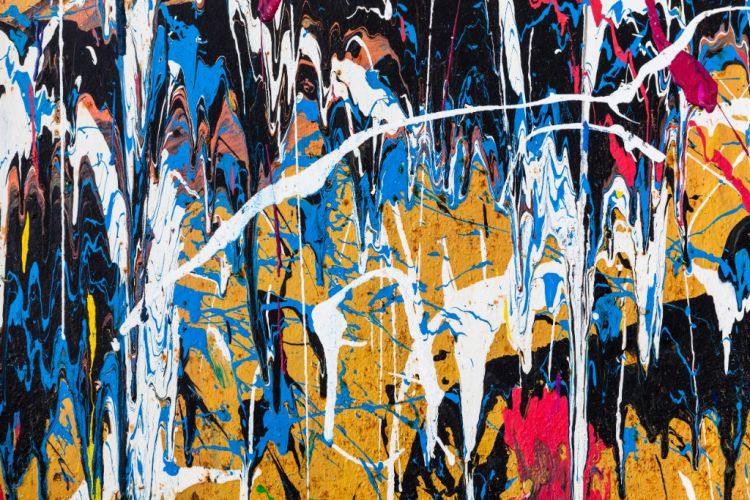
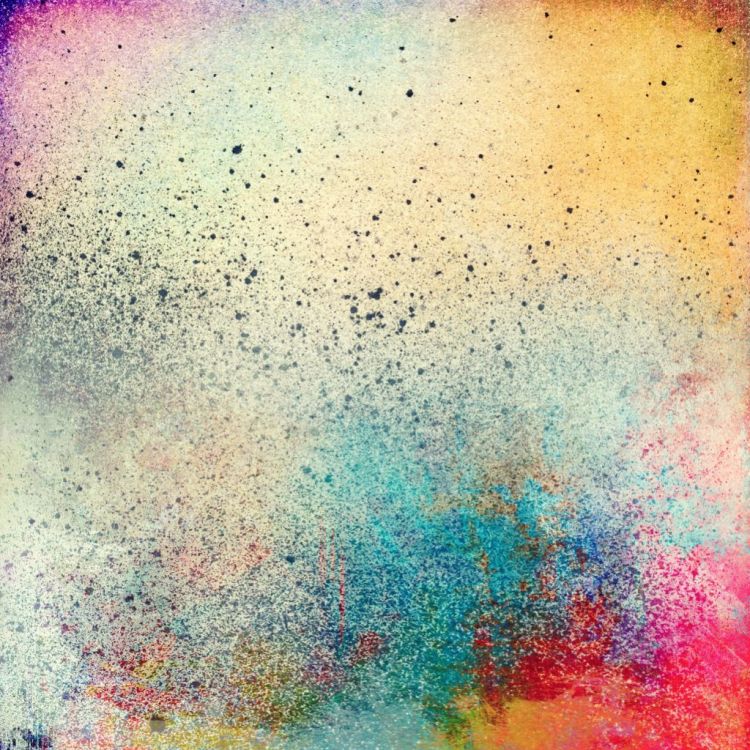


2. Block Color
Art reached new levels of abstraction through the work of American painter Mark Rothko, who was renowned for his large-scale "Color Field" paintings. His monumental canvases explored the psychological and dramatic potential of block color.
To channel the block color look in your own designs, look to Rothko, as well as the work of Dutch painter Piet Mondrian, an early proponent of Modern Abstract art, for colorful, graphic inspiration.
Both of these artists were key sources of inspiration for the designers of the International, or Swiss, Style of the 1950s. And no wonder — simple blocks of color make for a simple and stunning backdrop to grid-based layouts.

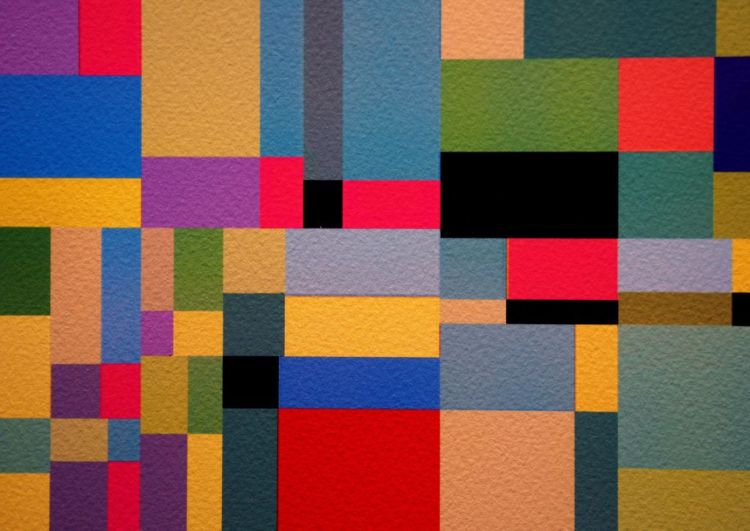

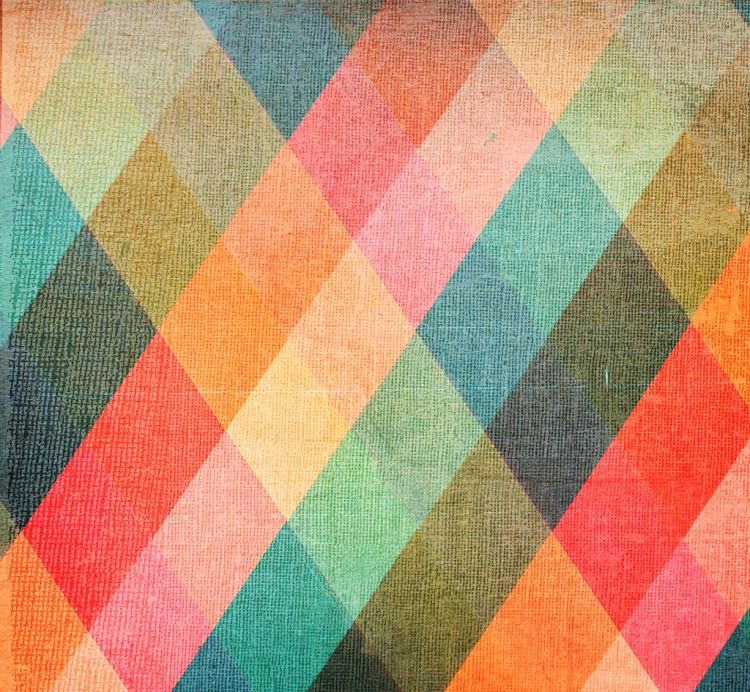
3. Marbling
Suminagashi, the ancient art of Japanese marbling, is arguably one of the earliest forms of abstract art, with the first known example dating to the 10th century.
The artist floats colored ink on water before being transferring it to an absorbent surface, such as paper or fabric. Each marbling example is unique, and the results are ethereally beautiful and abstract.
Because marbled papers were used in book production during the 18th and 19th centuries, this art style is strongly associated with publishing and intellectualism. Try using marbled backgrounds in book or stationery designs, or use on websites to add a more tactile quality to a digital design.


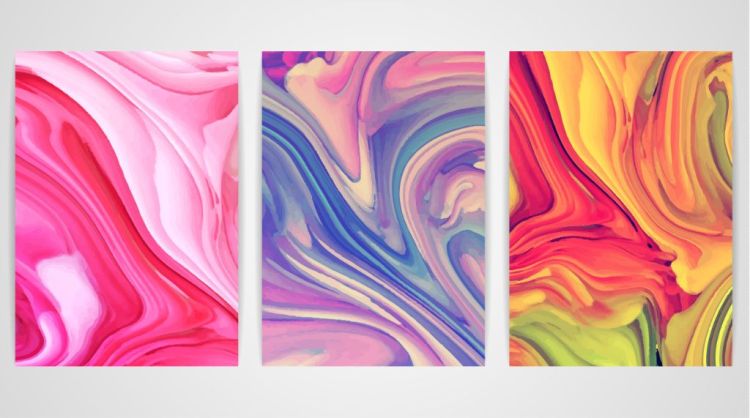

4. Cubism
At the start of the 20th Century, artists Pablo Picasso and Georges Braque endeavored to represent all possible viewpoints of a subject or object, all at once. The result of the experiment was Cubism, an abstract art style in which loosely-identifiable subjects appear fragmented and geometrical.
The style was further developed by Russian painter Wassily Kandinsky, who abstracted the Cubist style further and is considered by many art critics to be the pioneer of Nonfigurative art.
Today, designers can update cubism with low-poly backgrounds and architectural planes, giving a 3D, immersive quality to background textures, vector illustrations, and app designs.



5. Line Art
Catalan artist Joan Miró combined abstract line drawings and paintings with surrealist subject matter. Much of his work used, or was influenced by, the printing process of lithography, which may have contributed to the graphic feel of his art.
Abstract line art, in which simple, continuous lines were used to create forms and shapes, are a hallmark of Miró's work and of many other abstract artists working during the 1950s and 1960s.
Line art is beautiful in its simplicity, and can be used by designers to communicate concepts, and in the creation of icons and logos.
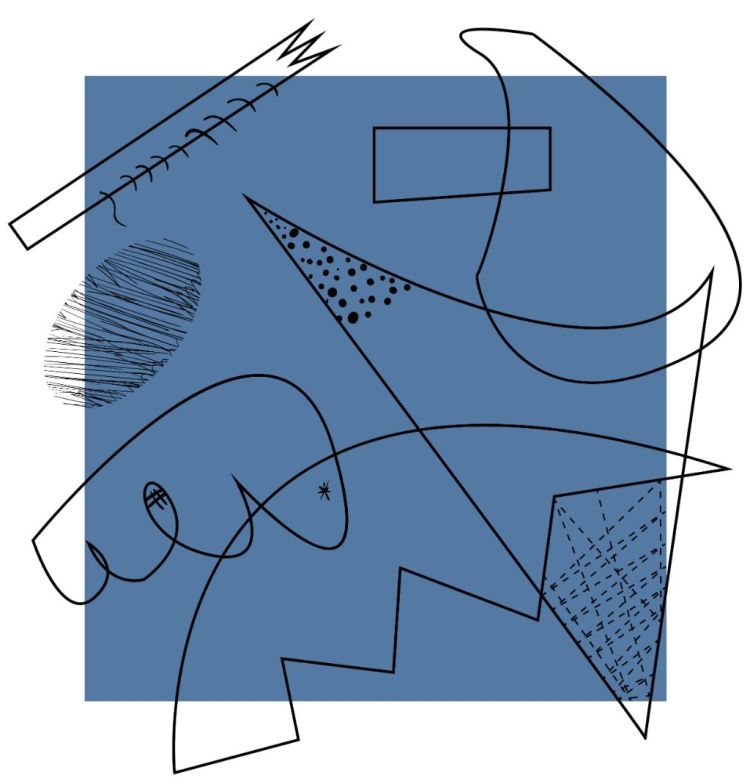


6. Memphis Style
The eclectic Memphis Style is the result of a movement initiated by a group of Italian designers, architects, and artists in the early 1980s. Memphis style emphasizes geometry, bold color, and pattern, and touches on a range of art styles from Art Deco to Kitsch.
Snubbed by some critics as being poor in taste, others love Memphis' fun, experimental energy. Contemporary designers have rediscovered and revived the Memphis Style, and it's the style's optimistic and joyful mood that brands have found to be effective for attracting and converting customers.
This year, the Memphis Style revival is moving into three-dimensional territory. CAD-generated renders and eye-popping 3D backgrounds give the style a new edge.

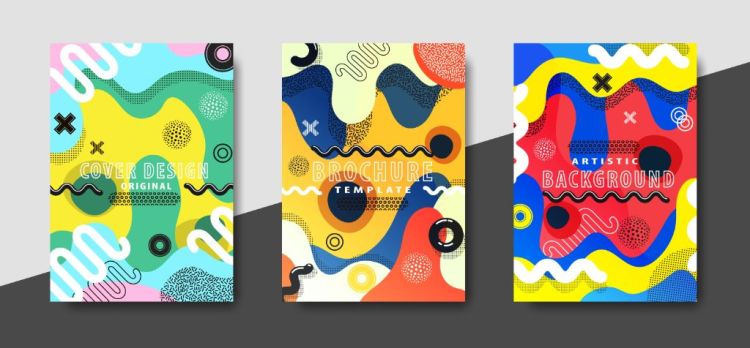
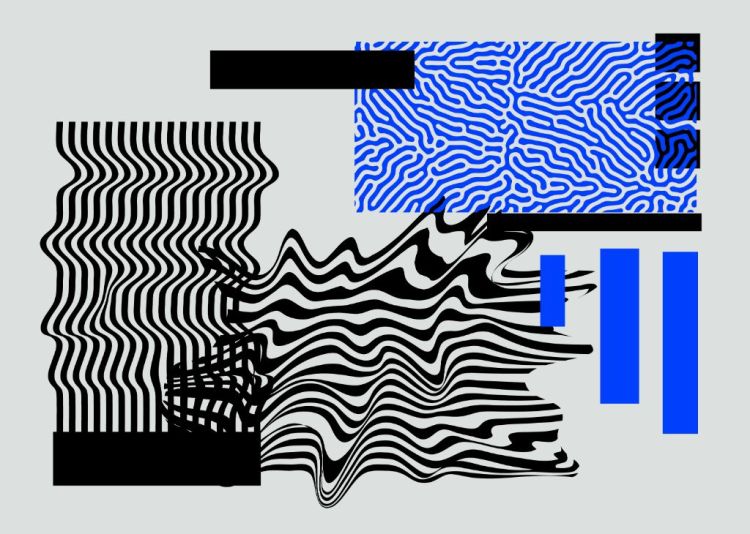

7. Abstract Organic
Fluid, curving forms and muted mid-century colors are the hallmarks of the abstract organic art style. Artists such as Charles and Ray Eames revisited and reinterpreted indigenous art styles during the 1950s, resulting in organic shapes and an emphasis on natural materials, textures, and colors.
The easy elegance of the abstract organic style has made it a firm favorite among designers for decades, many of whom use the style for branding projects, advertising, and packaging.
Naively-drawn, organic shapes and illustrations can work as stylish flat designs. Or, try placing 3D abstract illustrations as the backdrop of website layouts.



8. Halftone
Halftone describes the dotted effect created through printing, by breaking images up into a series of dots. The effect was replicated by pop artists such as Andy Warhol and Roy Lichtenstein. During the 1960s and 1970s these artists often strove to make their artworks look like newspaper billboard ads.
Designers can give layouts a retro flavor by using halftone backgrounds or overlays. Or, try experimenting with a varying halftone design to add texture and interest to a gradient design. Bright, eye-catching colors are a natural partner for this pop art-inspired effect, or opt for monochrome to play up its newspaper heritage.


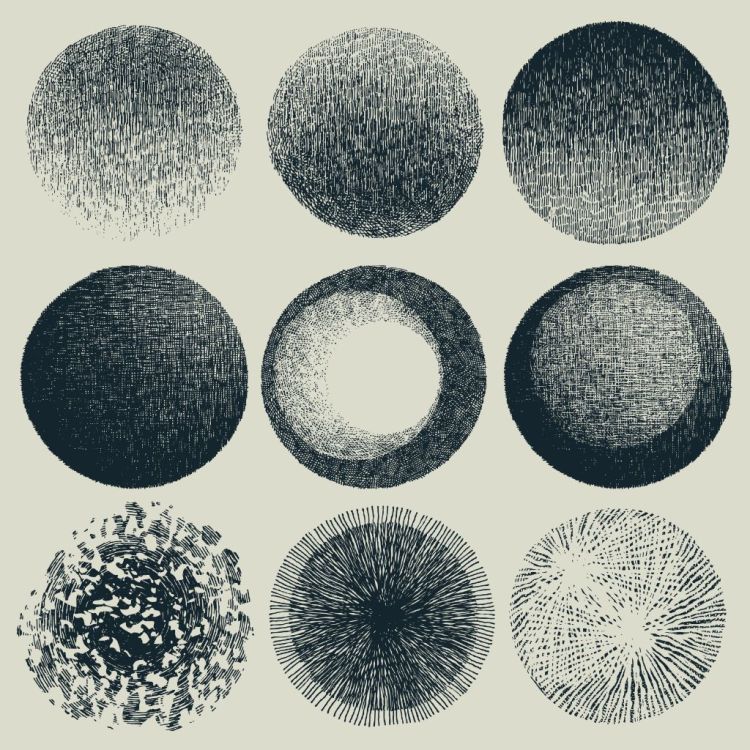
9. Surrealism
Although not strictly abstract, surrealist art aims to achieve a distorted version of reality by manipulating realist imagery. Artists such as Salvador Dalí, René Magritte, and Frida Kahlo were influenced by psychoanalysis, a growing field of study and practice in the early 20th century. Their paintings and sculptures sought to expand the creative potential of the mind, by juxtaposing images together that appeared irrational and unconventional.
Although it was later outmoded by abstract modernist art, surrealism continues to inspire artists and designers today, who value the style for its ability to surprise and delight the viewer.
To channel surrealism in your designs, look for off-kilter images of statues, objects, and people. Find designs that use distortion, splicing, or unusual concepts to offer something unique to editorial designs, posters, and website imagery.


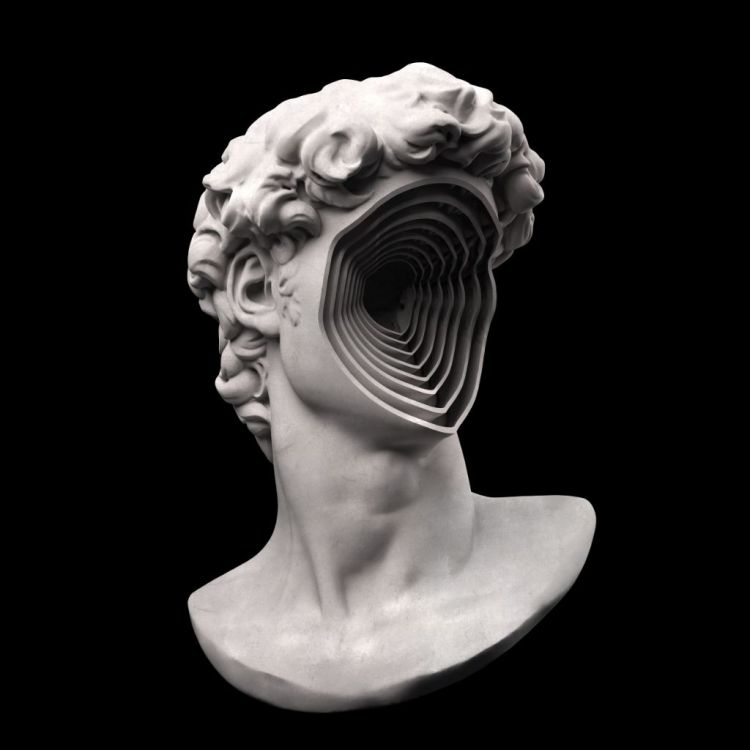

10. Abstract Relief and Sculpture
Painting is often viewed as the dominant media of abstract art. However, many artists looked to sculpture and relief to translate abstract concepts into 3D form.
Look to British sculptor Barbara Hepworth for ultimate abstract inspiration. Her monumental sculptures cast in metal, stone, and wood represent the pinnacle of Modernist achievement between the 1930s and 1960s.
Even flat designs will benefit from 3D textures and relief images inspired by Hepworth and her contemporaries. Perfect for adding dynamism and a luxurious edge to backgrounds, check out our edit of the best abstract relief images.

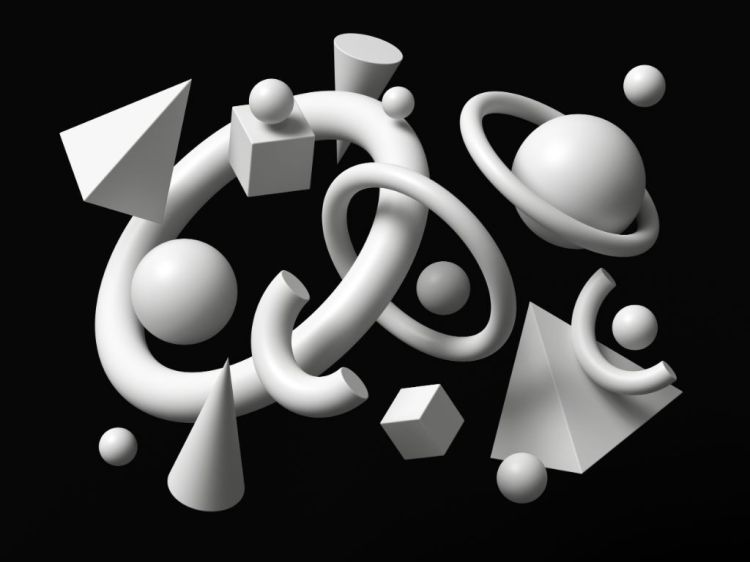
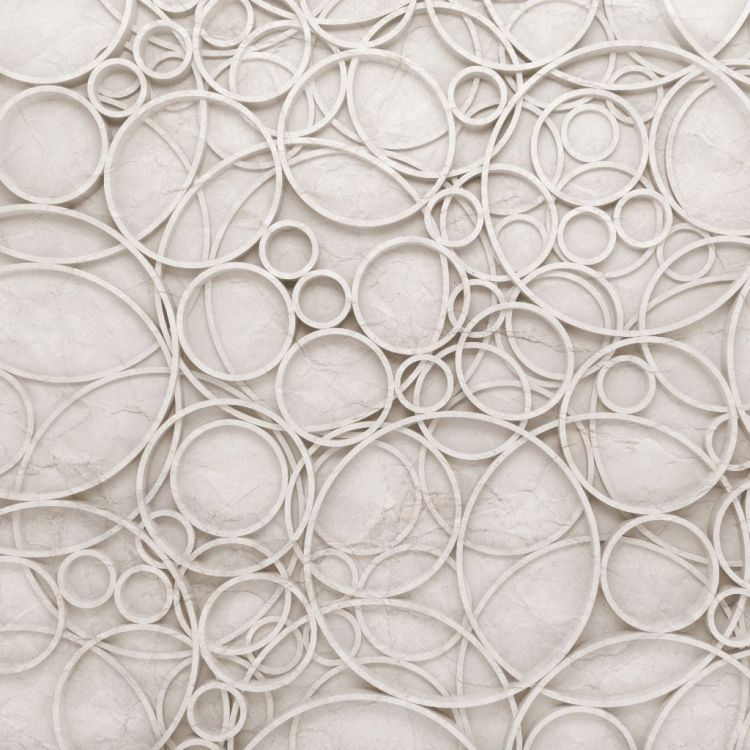
Looking for more artistic inspiration? From the famous artists who opted to work from home studios, to the artists defining Japan's contemporary design scene, discover something creative to inspire you today:
- 8 Famous Creative Artists Who Worked From Home
- Muralist Tony Sjöman on Bringing Street Art into Graphic Design
- Artist Series with Offset Illustrator Yevgenia Nayberg
- Seven 20th-Century Writers and Artists Who Defied the Status Quo
- 10 Artists Defining Japan's Design Scene
Cover image by KarolinaCloud.
Different Types Of Banners To Draw
Source: https://www.shutterstock.com/blog/abstract-art-types
Posted by: jolleycapecontabir.blogspot.com

0 Response to "Different Types Of Banners To Draw"
Post a Comment